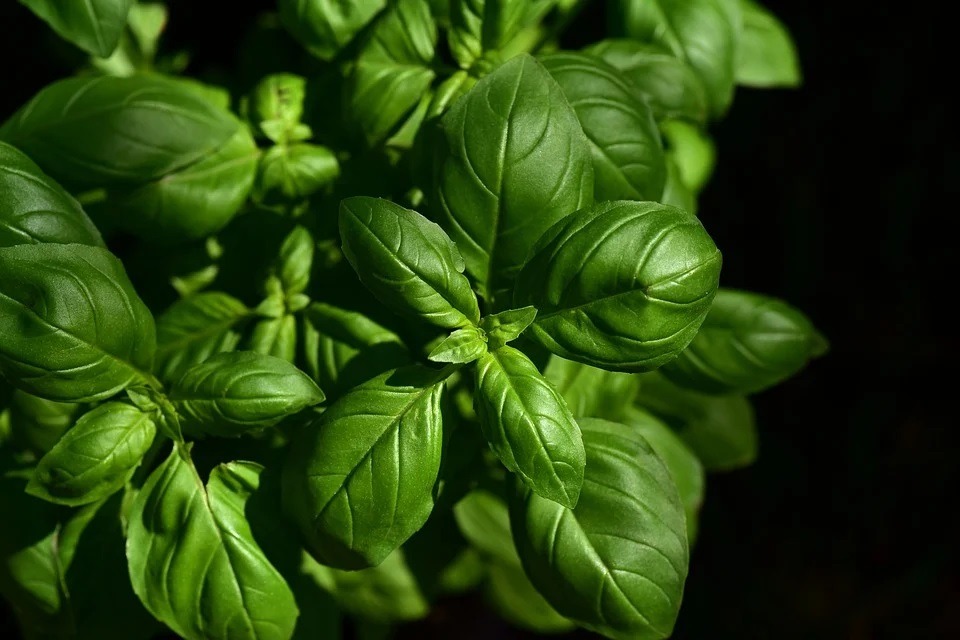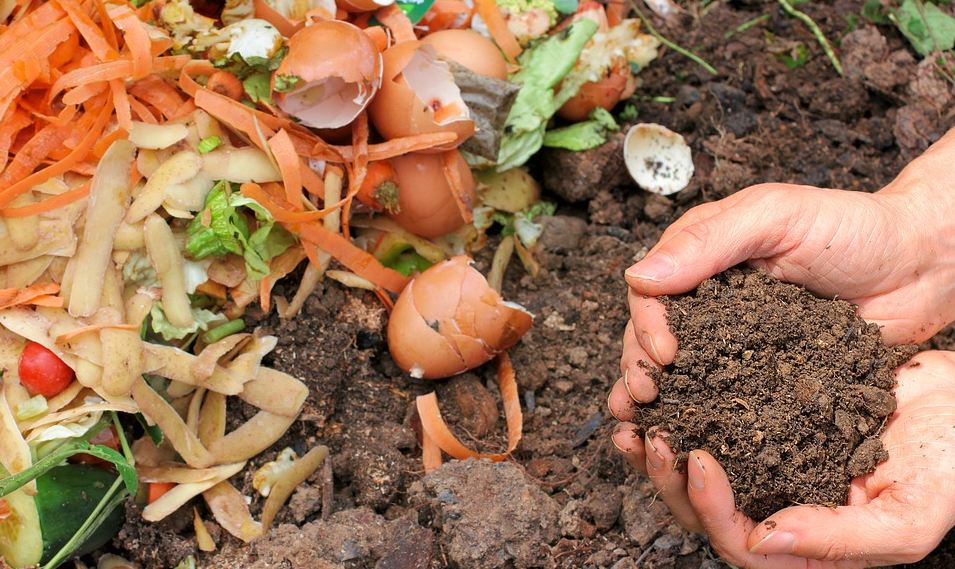What Is Eco-Farming? A Guide to Sustainable Agriculture

In a world increasingly concerned with environmental sustainability, eco-farming has emerged as a beacon of hope. This revolutionary approach to agriculture blends responsible food production with ecological preservation. Imagine a farming system where soil health flourishes, biodiversity thrives, and natural resources are cherished rather than depleted. Eco-farming is more than just a method; it's a mindset that prioritizes harmony between people and the planet.
In this guide, we'll unpack what eco-farming is, its core principles, the environmental and economic benefits, and the techniques that set it apart from conventional farming. Along the way, we'll highlight real-world examples, practical insights, and the transformative potential of eco-farming for our future.
Defining Eco-Farming
At its core, eco-farming, or ecological farming, is an agricultural approach that places environmental health at the forefront. Unlike conventional farming, which often prioritizes high yields and low costs at the expense of the environment, eco-farming takes a holistic view. It seeks to balance productivity with sustainability, focusing on renewable resources, soil health, and biodiversity.
For instance, consider a farmer in the Philippines who swaps chemical fertilizers for compost and rotates crops to replenish soil nutrients naturally. This simple shift can create a ripple effect: healthier soil, reduced water usage, and a more resilient ecosystem. Globally, eco-farming is gaining traction, with studies showing that nearly one-third of farms worldwide had adopted some form of sustainable practice by 2018.
Eco-farming is not confined to rural areas. Urban farming initiatives are incorporating eco-friendly practices, using rooftop gardens and vertical farming techniques to bring fresh produce to city dwellers while reducing carbon footprints. These innovations demonstrate the flexibility and scalability of eco-farming in diverse environments.
Key Principles of Sustainable Agriculture

Eco-farming rests on several guiding principles that make it effective and sustainable:
1. Promoting Soil Health
Healthy soil is the foundation of eco-farming. Techniques like minimal tillage, cover cropping, and composting enhance soil fertility, structure, and water retention while reducing erosion. Additionally, soil monitoring tools are becoming common in eco-farming, allowing farmers to analyze soil health and make precise decisions about crop management.
Example: A farmer in the Philippines integrates cover crops like legumes to naturally fix nitrogen in the soil, boosting fertility without synthetic inputs.
2. Biodiversity
Diverse ecosystems are more resilient. Eco-farming encourages intercropping, agroforestry, and maintaining natural habitats to support wildlife and pollinators.
Example: Farmers in India have seen significant benefits by integrating flowering plants alongside crops, attracting beneficial insects and reducing the need for pesticides.
3. Integrated Pest Management (IPM)
Instead of relying on chemical pesticides, eco-farming uses natural predators, crop rotation, and organic controls to manage pests.
Example: A vineyard in California employs pheromone traps to disrupt pest mating cycles, significantly reducing pesticide usage.
4. Efficient Use of Resources
Conservation practices like drip irrigation and rainwater harvesting help farmers use water judiciously, while renewable energy sources like solar panels reduce reliance on fossil fuels.
In regions facing water scarcity, farmers using drip irrigation have reported up to 50% water savings without compromising yields.
5. Community Engagement
Farmers adopting eco-farming often collaborate with local communities, sharing knowledge and creating systems that benefit all stakeholders. Community-supported agriculture (CSA) programs are an excellent example, where consumers directly support farmers, fostering a mutual relationship of trust and sustainability.
Environmental Benefits
Eco-farming doesn't just grow food; it nurtures the planet. By reducing reliance on synthetic fertilizers and pesticides, it minimizes pollution and protects ecosystems. Farms that embrace these practices see tangible improvements:
- Improved Soil Health: Healthy soil retains carbon, playing a vital role in combating climate change.
- Biodiversity Boost: Diverse farming systems create habitats for wildlife, from bees to birds.
- Reduced Emissions: Sustainable farming practices can reduce greenhouse gas emissions by up to 64% compared to conventional methods.
For example, a farm in Kenya implemented agroforestry, planting trees alongside crops. This not only reduces soil erosion but also sequesters carbon, contributing to climate change mitigation.
Moreover, eco-farming practices improve water quality by preventing runoff laden with chemical residues, which can contaminate local water sources. This leads to healthier aquatic ecosystems and safer drinking water for nearby communities.
Economic Advantages for Farmers

Eco-farming isn't just about saving the environment; it's also good for business. Here's how:
- Cost Savings: By reducing reliance on synthetic inputs, farmers save money. Natural fertilizers like compost and manure are often cheaper and more sustainable. An organic vegetable farmer in India cut costs by 30% after transitioning to eco-farming, using cow dung as fertilizer.
- Market Opportunities: With consumers increasingly seeking sustainable and organic products, eco-farmers can charge premium prices. A survey showed that 73% of millennials are willing to pay more for sustainably produced food, presenting a lucrative market for eco-farmers.
- Government Support: Many governments offer subsidies, grants, and certifications to encourage eco-farming practices. In the EU, farmers practicing organic agriculture receive financial incentives to cover the costs of certification and transition.
- Long-Term Profitability: Healthy soil and ecosystems lead to higher yields and more resilient farms, securing income for future generations. Studies have shown that farms practicing sustainable agriculture experience fewer losses during extreme weather events, thanks to their enhanced resilience.
Eco-Farming Techniques and Practices
What sets eco-farming apart is its innovative approach to growing food. Here are some hallmark practices:
- Crop Rotation and Intercropping: These methods improve soil health and reduce pest populations by disrupting their life cycles.
- Natural Pest Management: Farmers use ladybugs, pheromones, and neem oil instead of chemical pesticides.
- Water Conservation: Drip irrigation systems and rainwater harvesting optimize water use, especially in arid regions.
- Closed-Loop Nutrient Systems: By recycling organic waste, farmers reduce the need for external fertilizers.
- Renewable Energy: Solar panels and biogas systems help farms reduce their carbon footprint.
- Case Study: A dairy farm in Germany installed a biogas system, converting manure into renewable energy, which powers the entire farm.
Farmers are also exploring aquaponics, a technique combining fish farming and hydroponics to create a symbiotic system where fish waste fertilizes plants, and plants clean the water. This efficient method has shown promise in urban farming environments.
Challenges in Implementing Eco-Farming
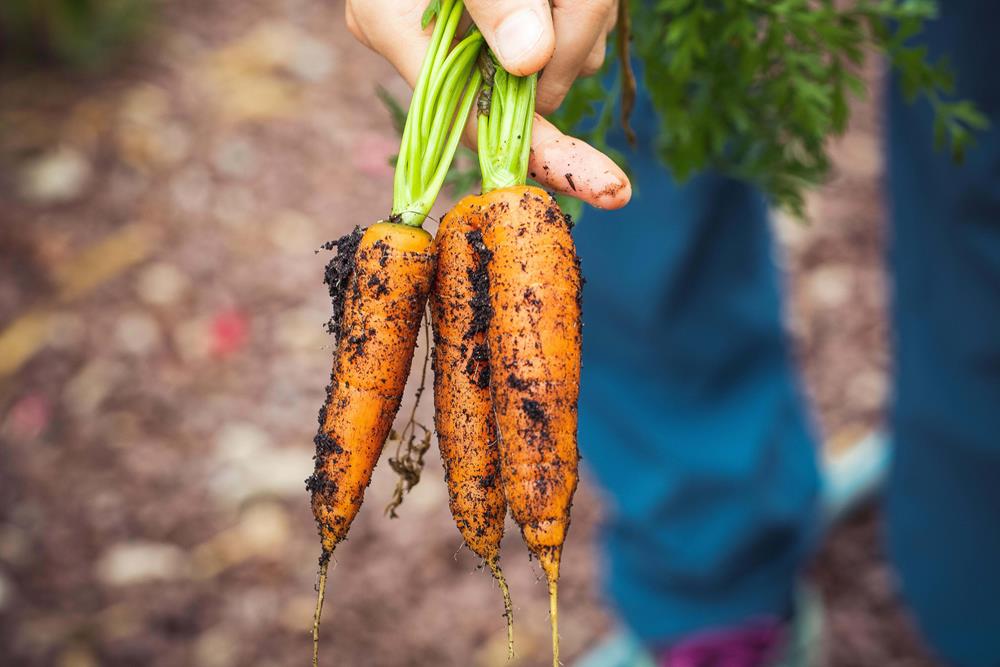
Transitioning to eco-farming isn't without hurdles. Farmers may face:
- Upfront Costs: Shifting to sustainable practices often requires investment in equipment and training.
- Limited Access to Inputs: Organic fertilizers and pest controls can be scarce or expensive.
- Yield Adjustments: Initial yields might drop as ecosystems rebalance.
- Regulatory Barriers: Certification processes can be complex and time-consuming.
However, these challenges aren't insurmountable. Microfinancing initiatives in Africa have enabled small-scale farmers to invest in eco-farming tools and techniques.
Eco-Farming vs. Conventional Agriculture
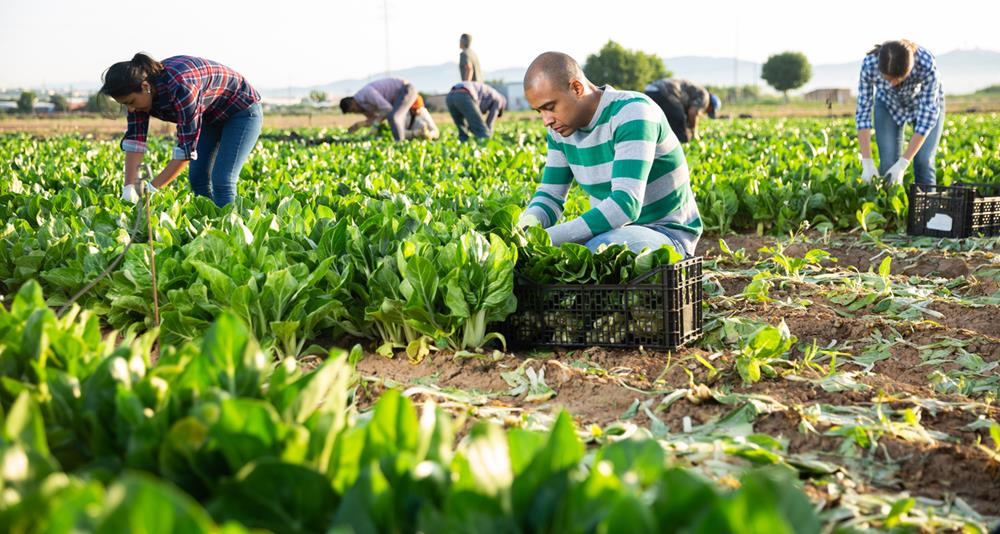
How does eco-farming stack up against conventional methods? The differences are stark:
| Aspect | Eco-Farming | Conventional Farming |
| Inputs | Natural fertilizers, organic pest controls | Synthetic fertilizers, chemical pesticides |
| Soil Health | Builds and sustains soil fertility | Often depletes soil nutrients |
| Environmental Impact | Low emissions, promote biodiversity | High emissions, habitat destruction |
| Long-Term Viability | Sustainable and resilient | Unsustainable over time |
Eco-farming also reduces dependency on volatile input markets, such as those for synthetic fertilizers, providing farmers with greater financial stability.
Global Impact of Sustainable Farming
Eco-farming is reshaping agriculture on a global scale. In developing countries, it creates jobs and improves food security. For instance, eco-farming initiatives in Ethiopia have restored degraded lands, enabling farmers to grow crops again and support their families.
Globally, sustainable agriculture contributes to achieving the United Nations Sustainable Development Goals, particularly those related to zero hunger and climate action. By embracing eco-farming, we're building a more equitable and resilient food system.
In addition to its environmental benefits, eco-farming reduces reliance on monoculture systems, which are vulnerable to pests and diseases. Diversified farming systems enhance food security by ensuring a stable supply of various crops.
Future of Eco-Farming
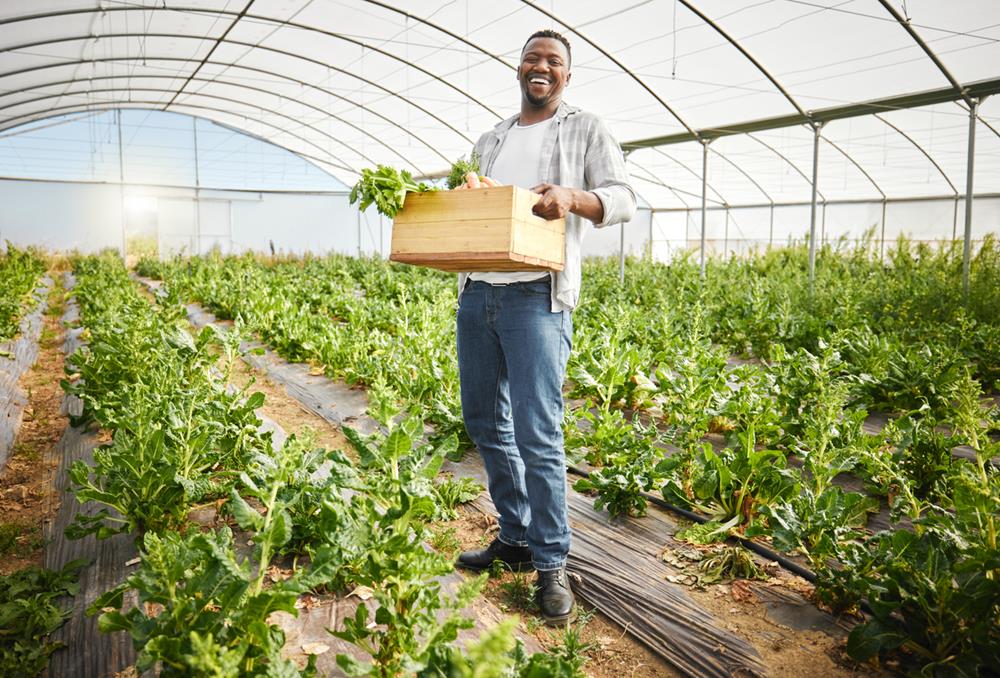
The future of eco-farming is bright. Advances in technology, like precision agriculture and robotics, are making sustainable practices more efficient and scalable. Governments worldwide are enacting policies to promote eco-friendly farming. The eco-farming market is expected to grow at a compound annual growth rate (CAGR) of 11.2% from 2021 to 2030.
In developing countries, eco-farming holds the promise of lifting communities out of poverty while ensuring food security.
Supporting Eco-Friendly Agricultural Practices
Every one of us has a role to play. As consumers, we can:
- Choose sustainably grown products.
- Support policies that promote eco-farming.
- Reduce food waste and embrace plant-based diets.
Farmers, too, can take small steps toward sustainability by experimenting with techniques like intercropping or rainwater harvesting. Change doesn't happen overnight, but every step counts.
Moreover, educators and agricultural extension services can spread awareness about eco-farming techniques, ensuring that more farmers have the tools and knowledge to succeed.
Conclusion
Eco-farming represents a harmonious blend of food production and environmental stewardship. By nurturing the soil, protecting biodiversity, and reducing emissions, it offers a pathway to a sustainable future. Whether you're a farmer, policymaker, or consumer, embracing eco-farming can help ensure a thriving planet for generations to come. Let's sow the seeds of change together.


